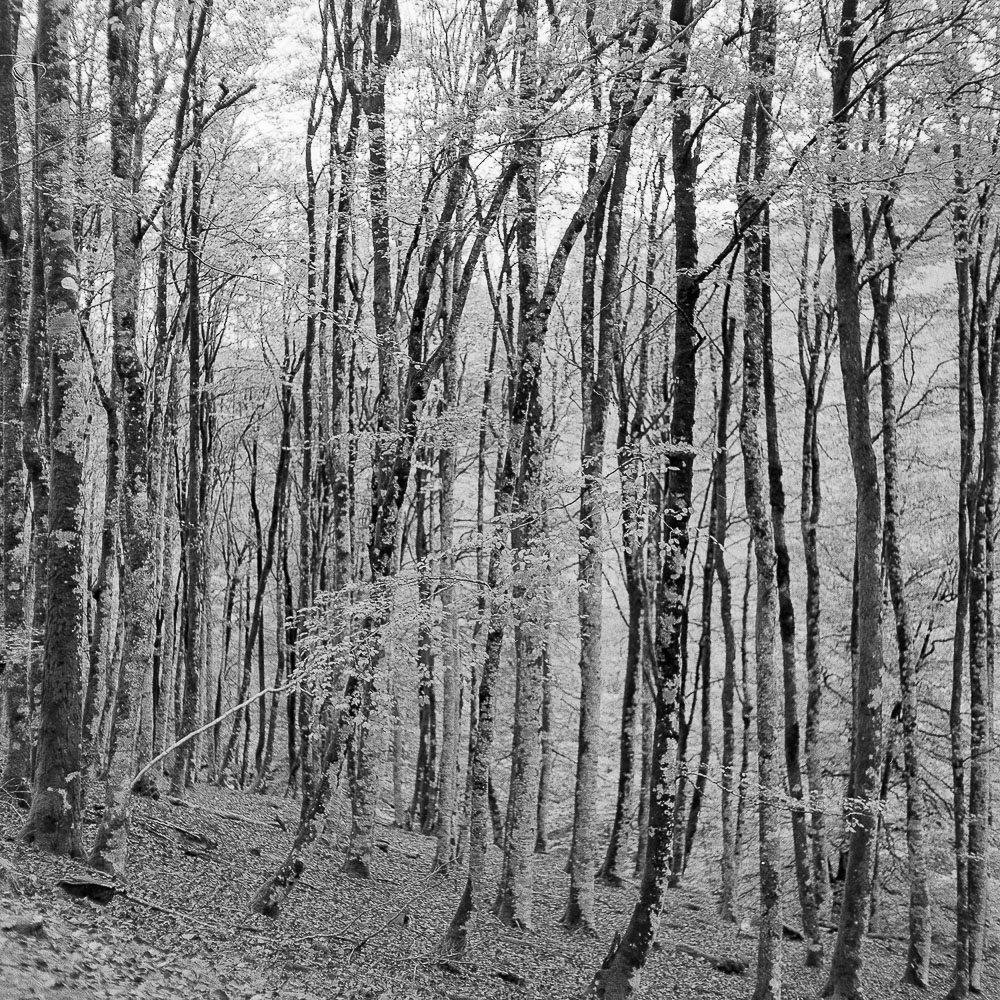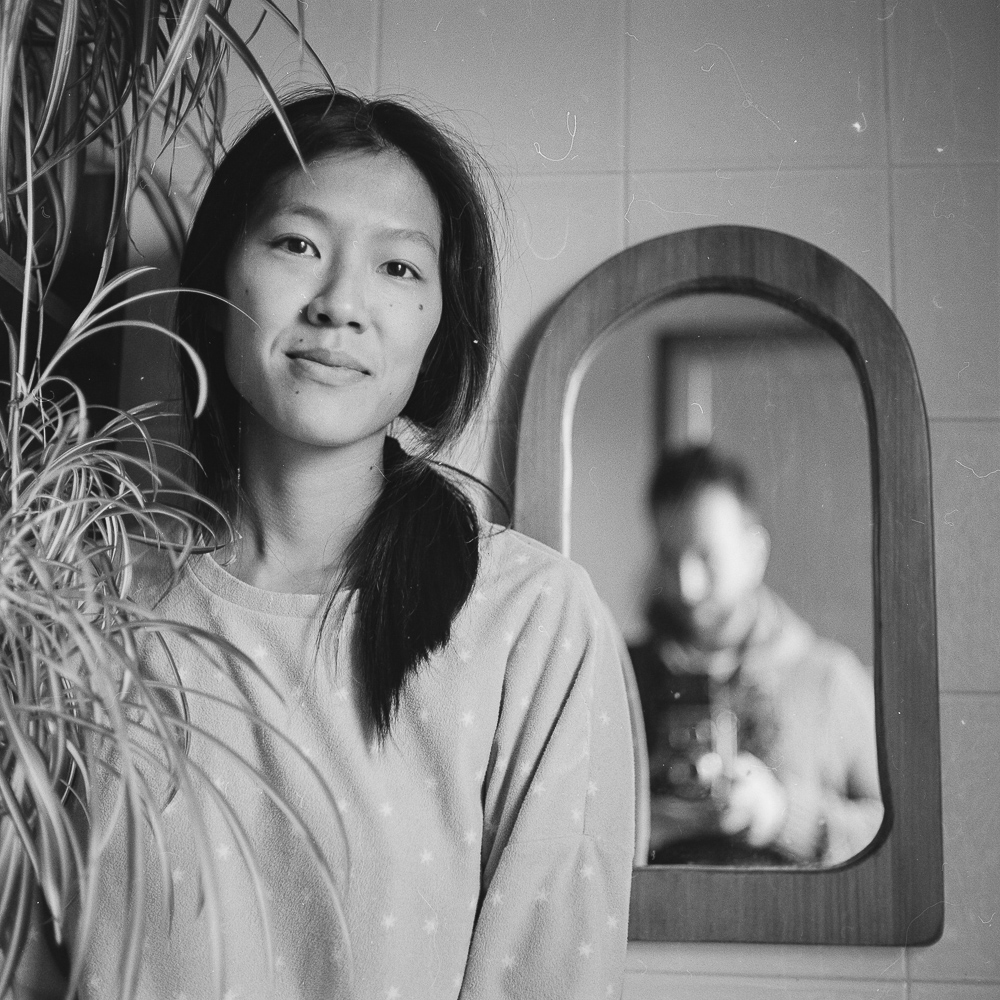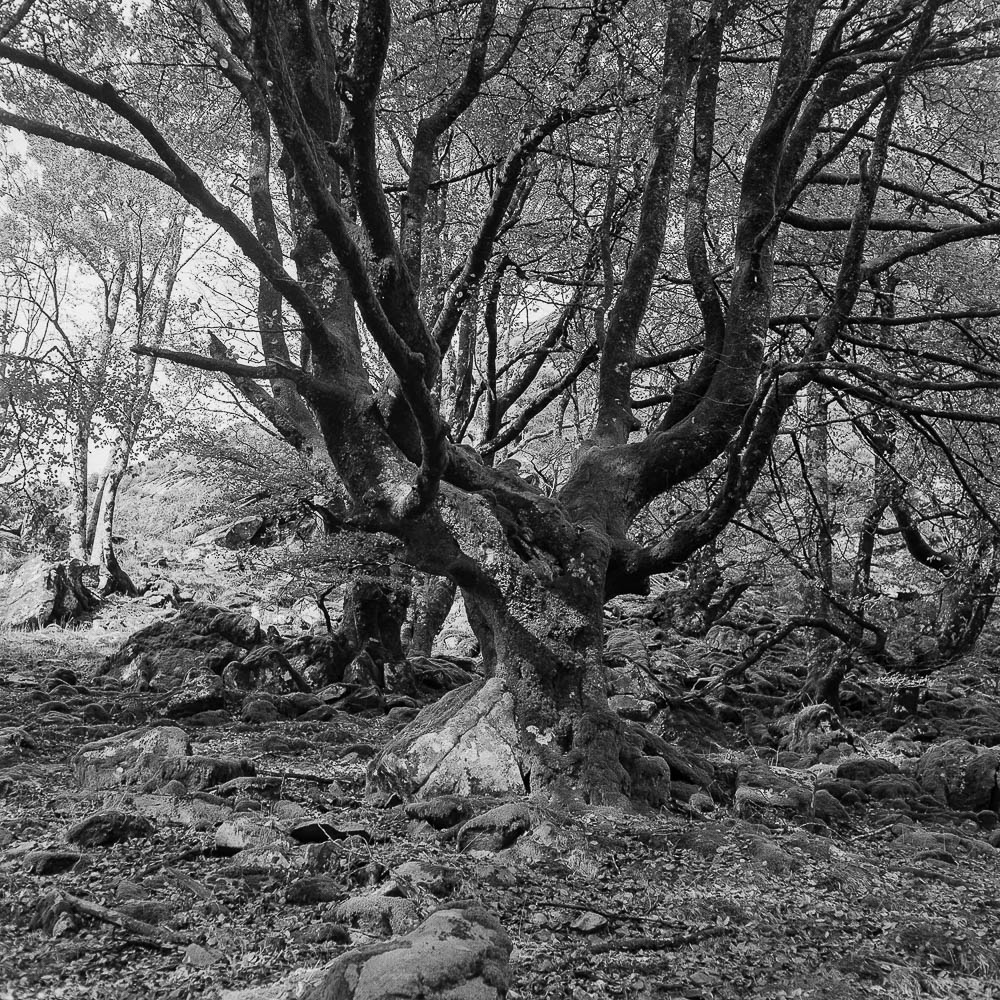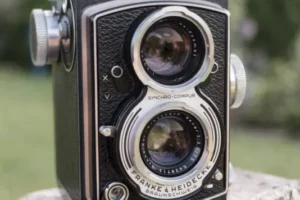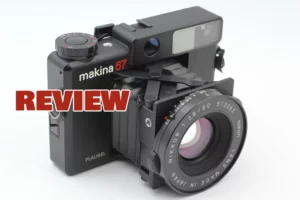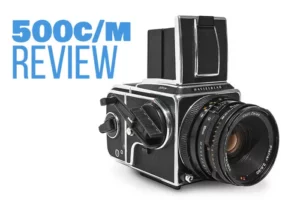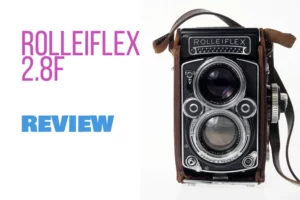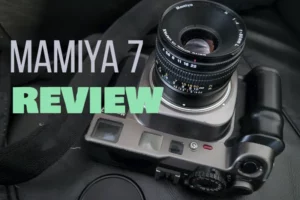Mamiya C3, The Tank: Review of a TLR
Last Updated on September 6, 2022
Some of you will already know my love of analog photography and compulsive buying of old cameras, so I am going to write some articles on this topic. Today we are going to show you one of our favorite cameras, it’s a 1962 Mamiya C3.
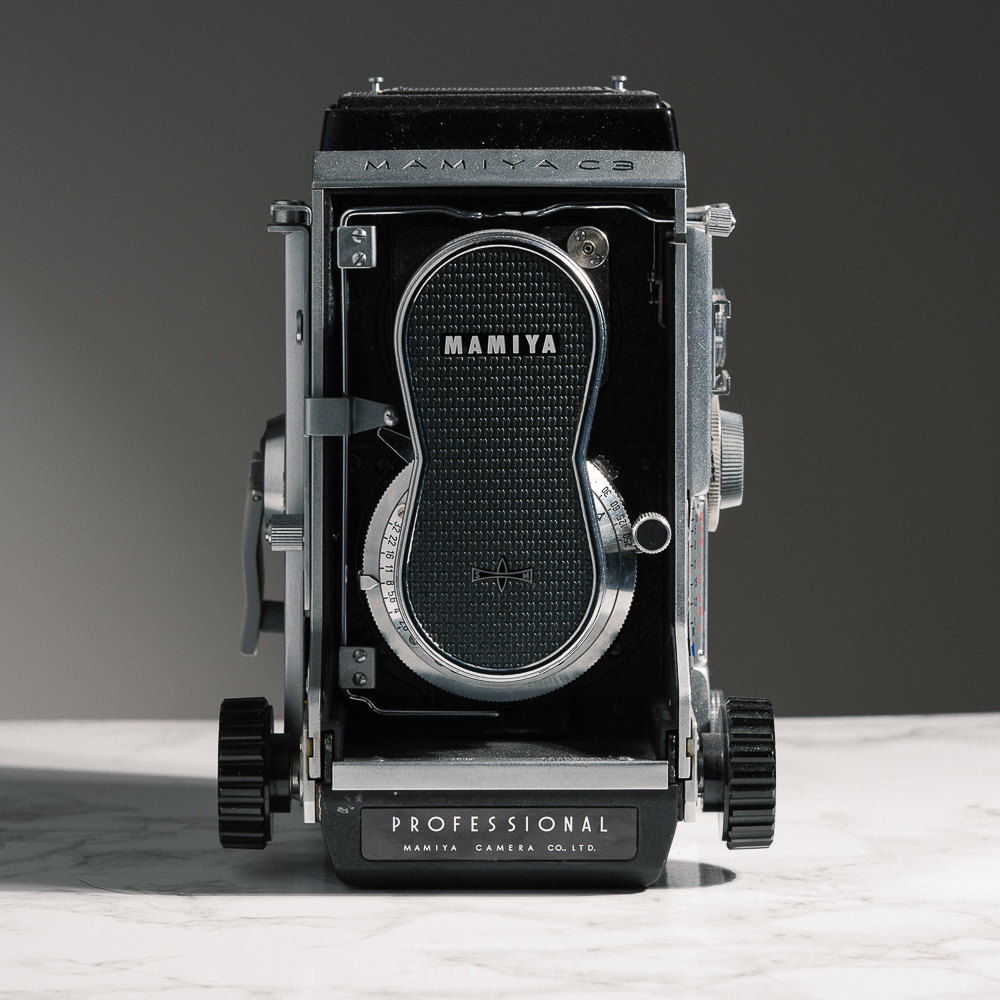
The results have surprised us a lot!
It is the first interchangeable dual lens camera design, a landmark at the time.
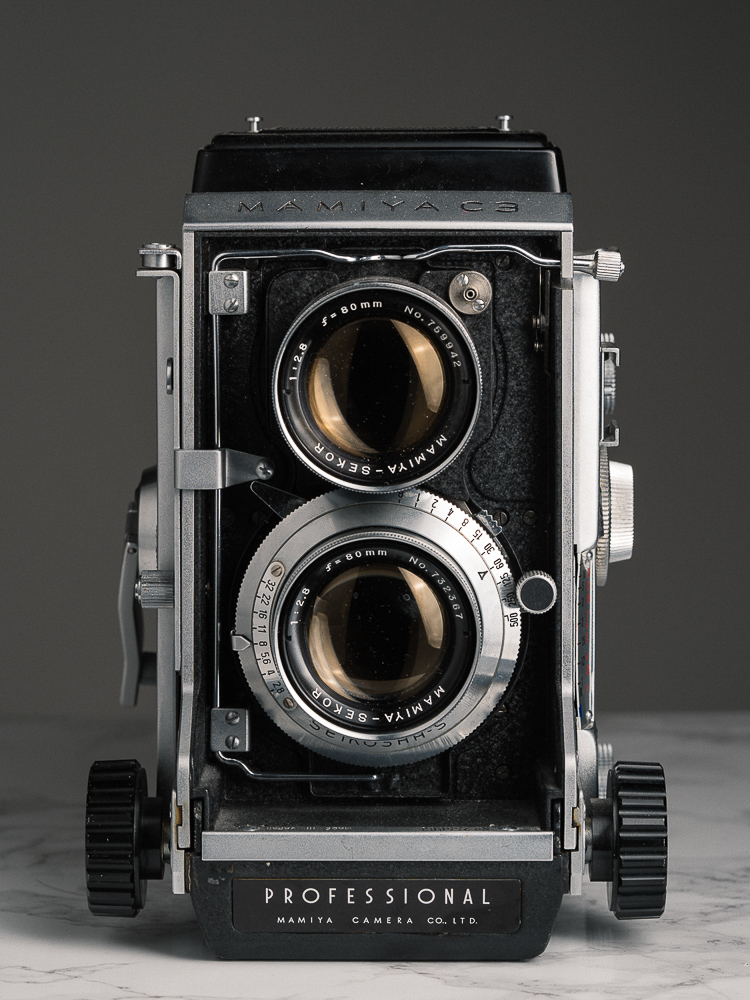
Table of Contents
MAMIYA C3 Operation, twin lens reflex
It is a TLR (twin lens reflex) camera, that is, it has two lenses and a mirror. The image produced by the top lens is reflected 90 degrees and is seen on frosted glass that the camera has on its top, as in almost any medium format camera.
This image is used to compose the image and focus it. The lower lens directly exposes the photographic film and is of higher quality than the upper lens.
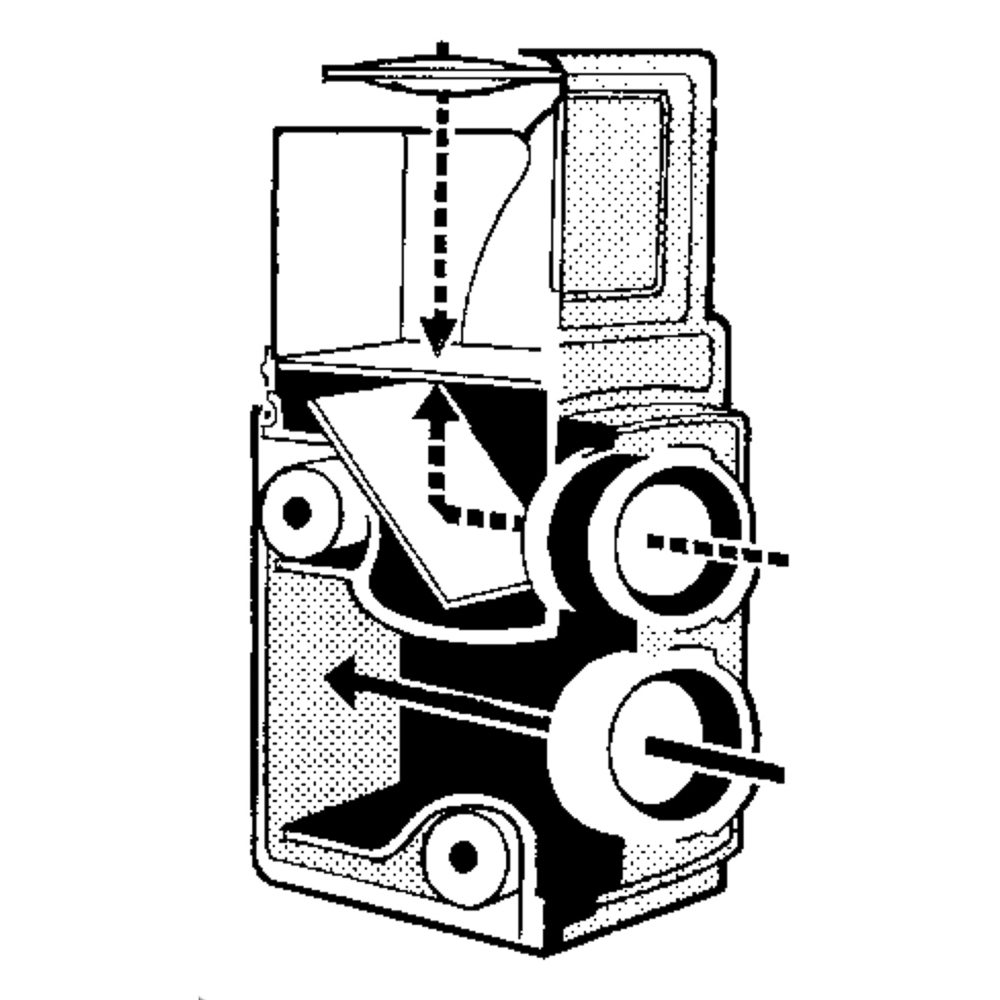

This system has a great advantage, as it does not have a mobile mirror as in the SLR, whose mirror tilts during the shot, letting the light pass through the film, there is no movement inside the camera.
Nothing vibrates when taking the photo, producing images significantly sharper than a normal SLR. These suffer from the so-called mirror slap, the hit that the mirror produces when going up and down that produces a vibration that at low speeds makes the photo come out jittery.
Another point in favor is that, by design, the film travels straight through the camera, although We have not noticed the difference with other cameras where the film has to make a very pronounced turn, there are people who say that you have the film bent makes the photo lose sharpness.
Mamiya C3 Focusing
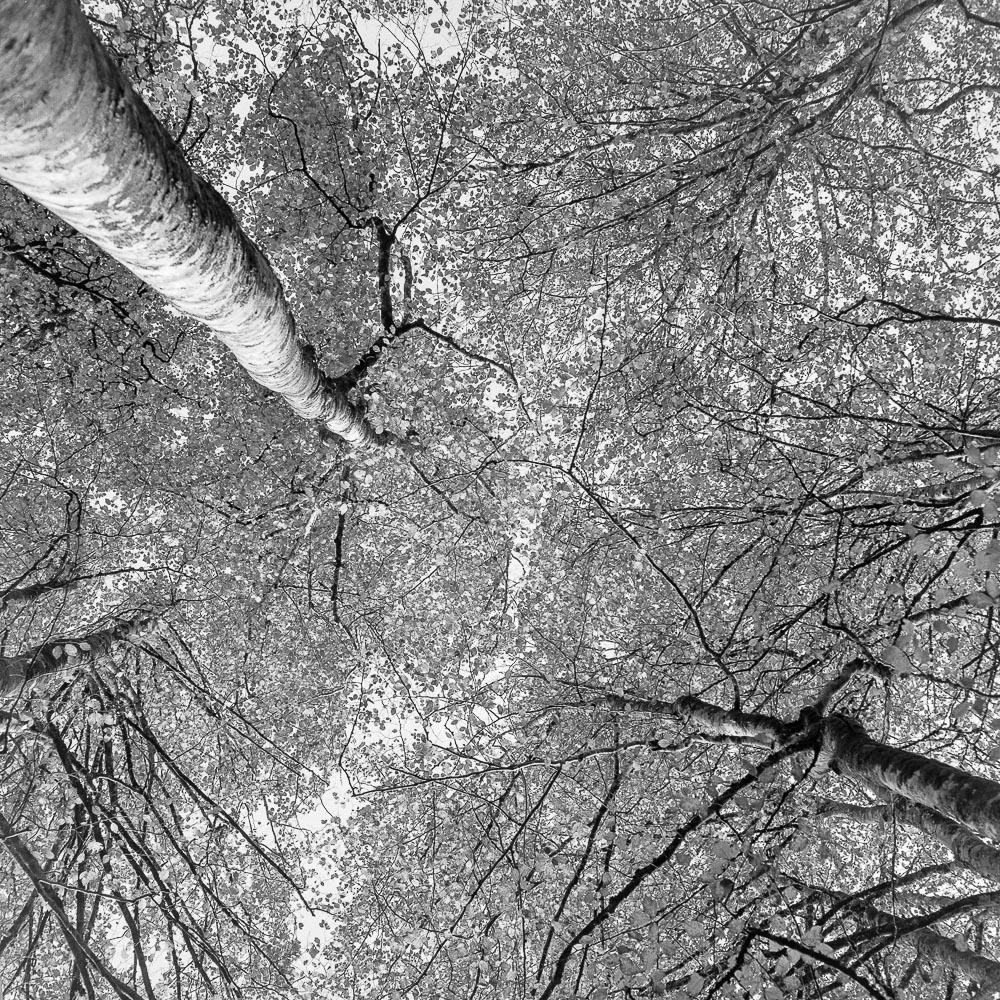
It also has a big drawback, the final image that is projected on the film is not exactly the same as the one seen on the focusing screen, since the two lenses are a few millimeters apart.
This is not significant at all when focusing far or at infinity, but for portrait photography you have to take into account that parallax error and leave a little more space in the upper part of the photograph than desired, since the final photo will be a little lower.
Later Mamiya models were equipped with a needle that marks where the photo is cut based on the focus point, if you focus too close the needle goes down and if you focus further it goes up. A rudimentary but effective way to compensate for the parallax error.
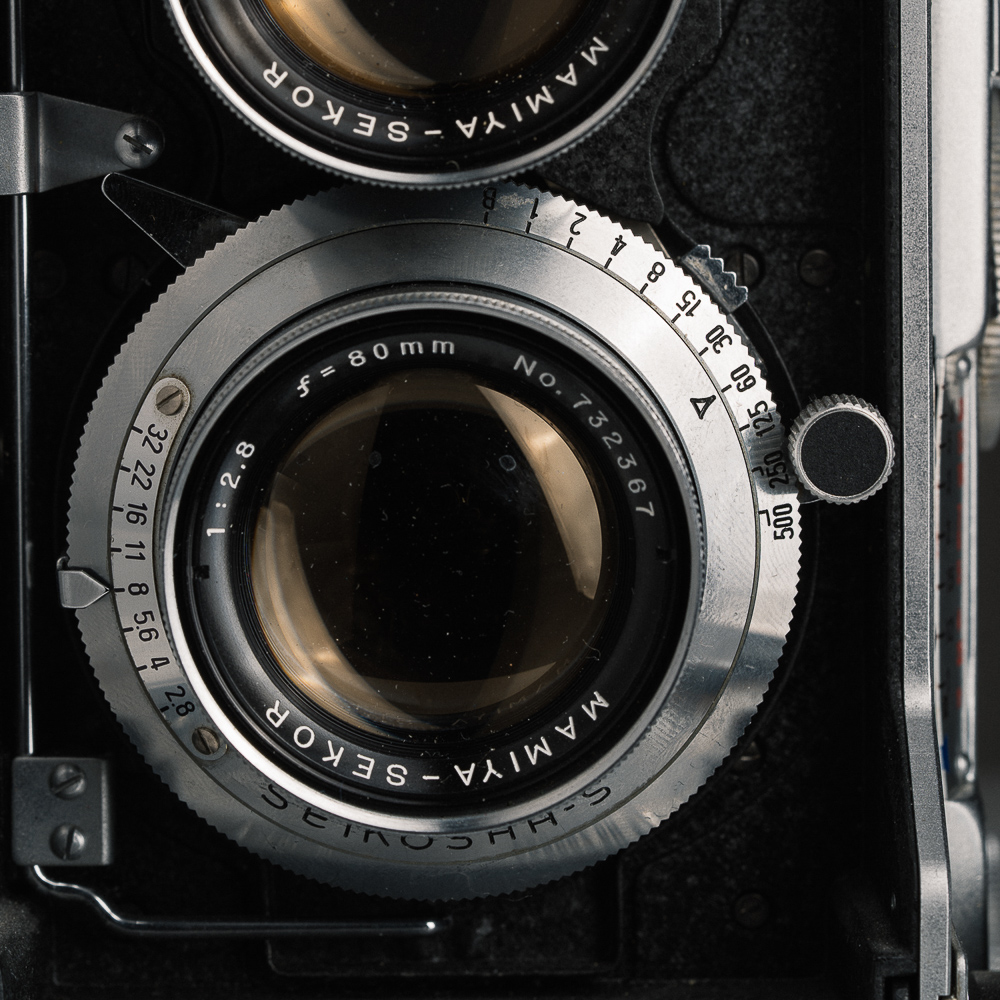
This fact makes it not a very practical camera for macro, a shame because it has a bellows that extends the length of the camera and allows a very close focus without the need for macro lenses.
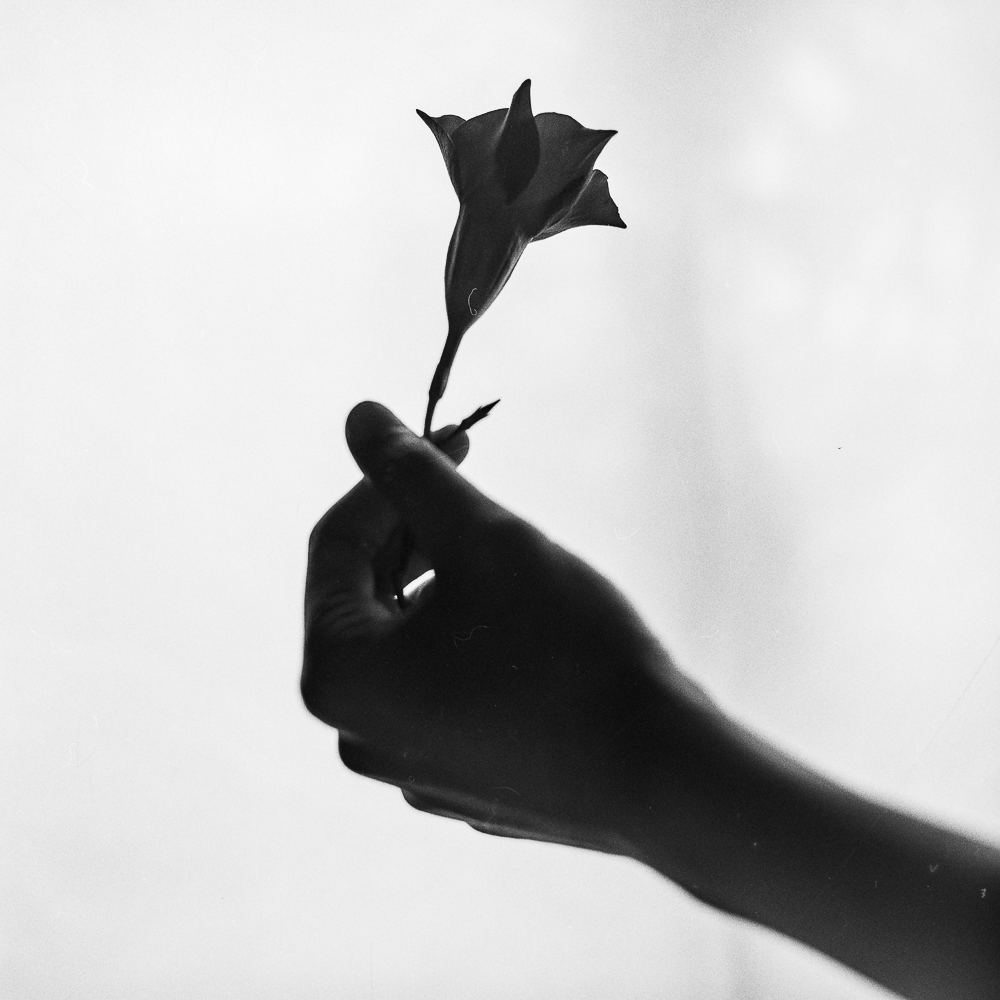
This camera produces 12 6 × 6 images on 120 reels, more exactly 56x56mm on medium format film, much higher than the 36 × 24 on 35mm film and full frame digital cameras, this translates, without entering into technical complications, in much more clarity in the final image since the grain of the film is smaller in relation to the final image.
A decent analogy would be to compare an old digital camera of, for example 5 megapixels with a modern 42. The more elements make up the image, the less apparent they are and allow more aggressive cropping while maintaining quality.
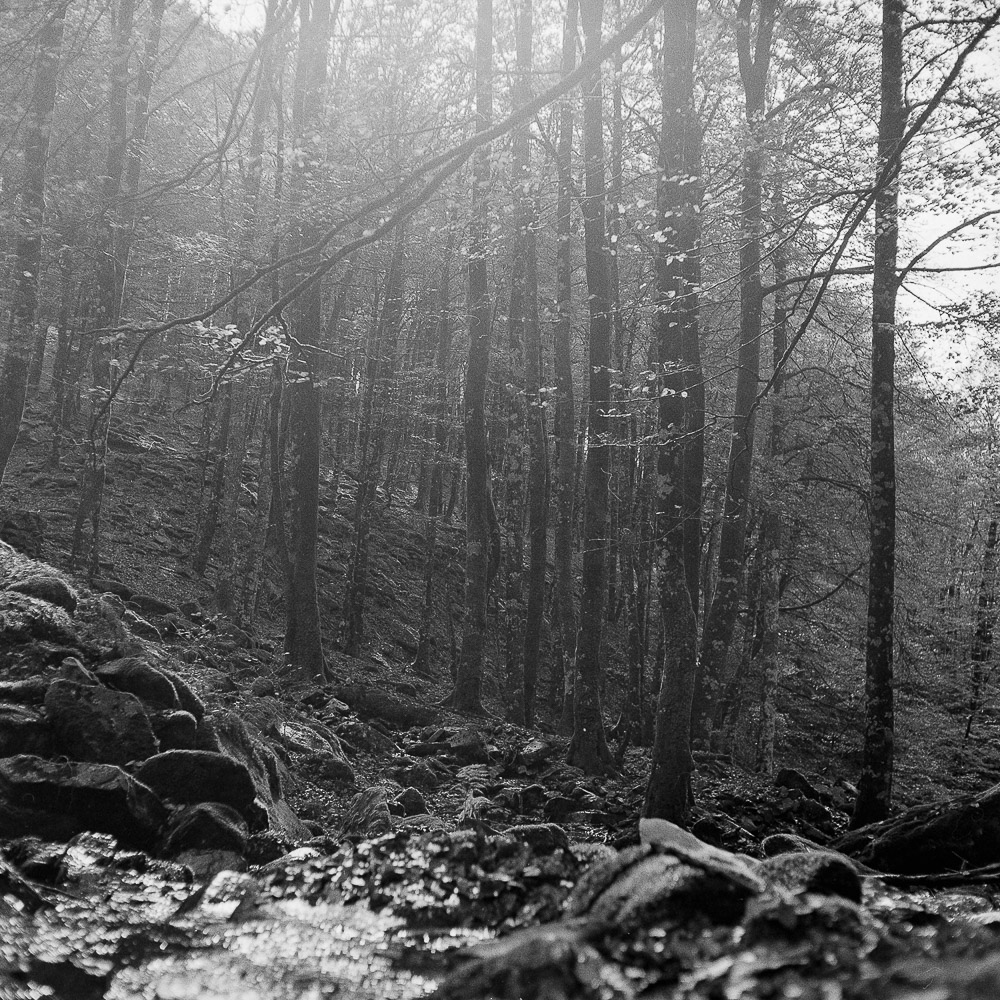
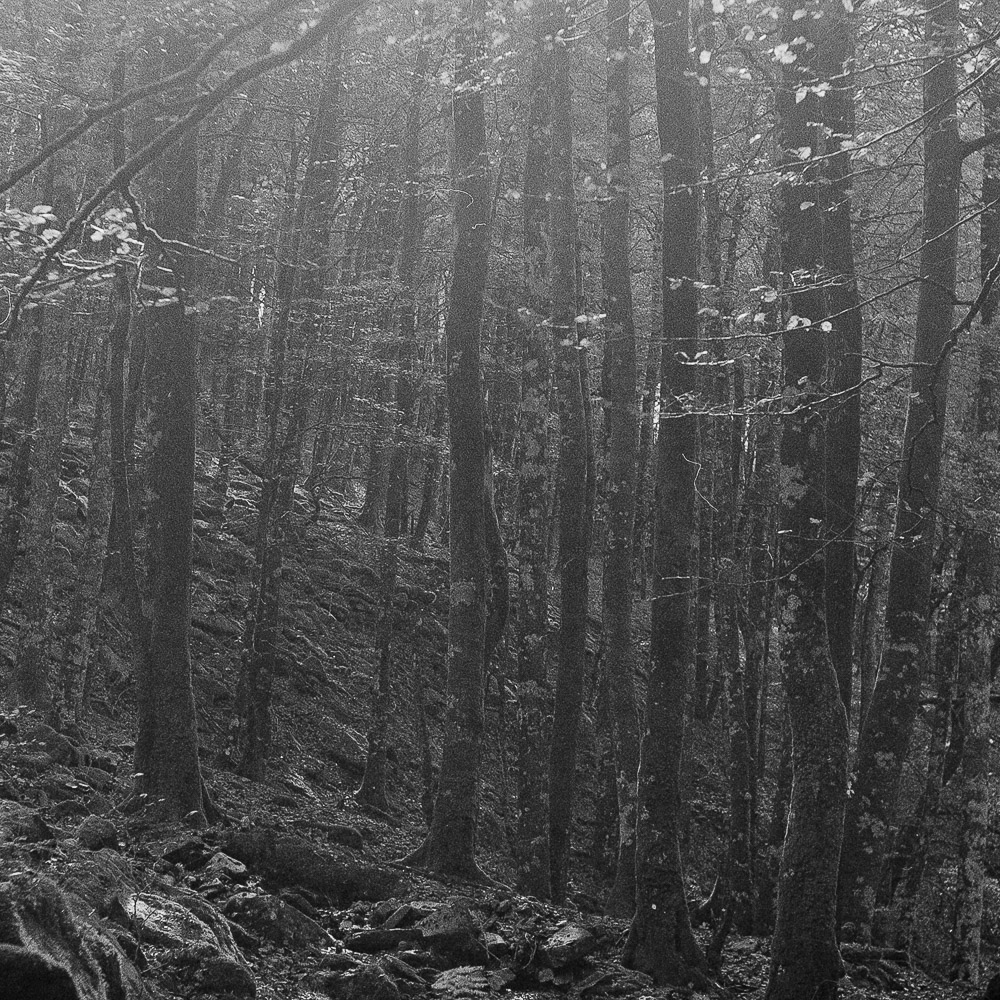
Another characteristic of having more photosensitive surface is that the image gives a sensation of depth greater than in smaller formats, if the same final image is captured with the same aperture in a 35mm camera and with a medium format camera.
The depth of field it will be less in the medium format, creating a more unfocused background and isolating and separating the subject from the background providing that three-dimensionality.

Mamiya C3 Shutter Release
The Mamiya supports speeds of up to 1/500 of a second. with intermediate speed stops of 1, 1/2, 1/4, 1/8, 1/30, 1/60, 1/125, 1/250 reaching 1/500.
It’s a very simple camera to use, you load the film, turn the crank until it stops turning and the first photo is ready. You load the shutter and go. It allows double exposures by rotating a tab that has two options ROLL FILM or SHEET / MULTI EXP.
With that second option selected, it allows you to load the shutter and re-shoot as many times as you want without having to run the film. In ROLL FILM mode, you only release the shutter once, preventing unwanted double exposures.

We are more used to cameras that run the film at the same time that they load the shutter and it has happened to me on several occasions to go to shoot and have the shutter blocked due to not having passed the film
This is not a big problem, since it is not a camera that you will use for street photography where you can lose a photo, it is a heavy camera and it is not the most ergonomic in the world. It is not intended for quick photography.
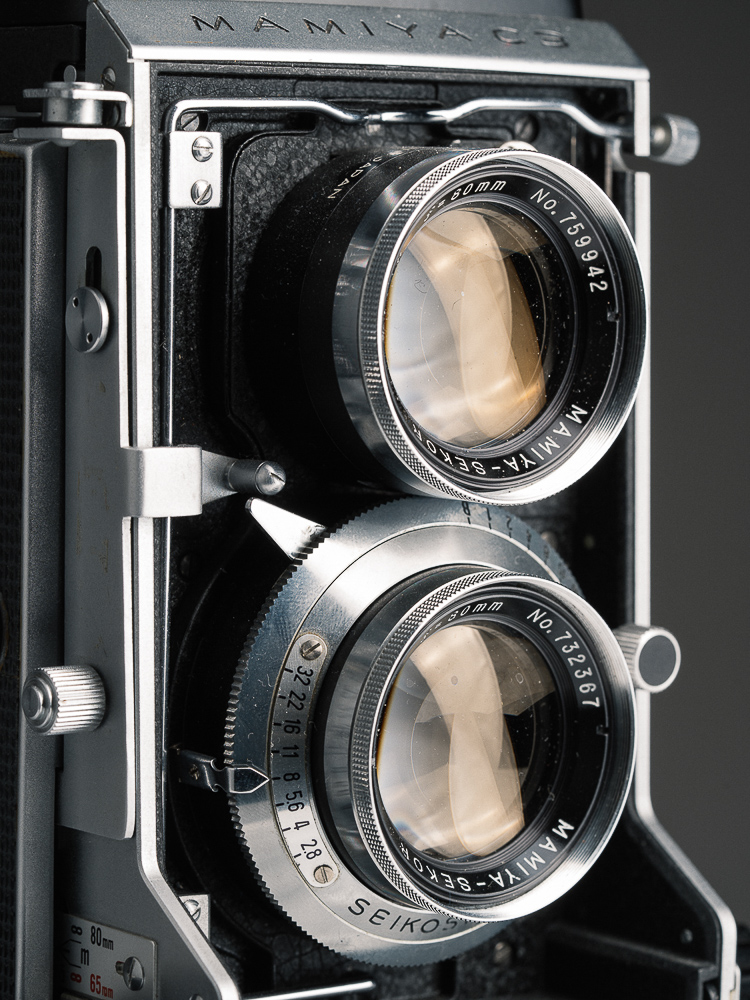

What we like least about this camera is the focusing screen, which has a glass that is too thick, the image projected on it being too weak and making it a bit difficult to use in broad daylight.
Apart from this fact, it is a wonderful camera, it has little to envy the hasselblad. Built like no current camera (even I can fix a problem with slow speeds!), With 58 years of operation, it takes pictures with a quality that digital cameras have only recently achieved.
More photos with the Mamiya C3:
